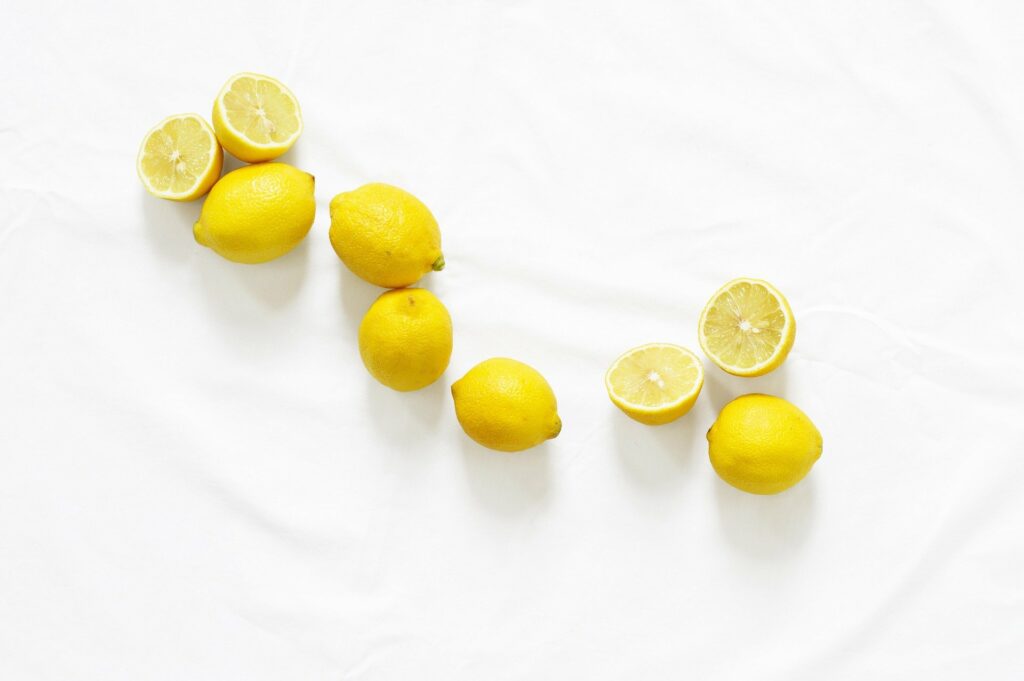New research at the University of Copenhagen found that Danes can’t perceive bitter taste as well as Chinese individuals. This seems to come down to anatomic differences on the surface of the tongue between these two groups. The findings showcase how ethnicity can influence our enjoyment of food, but may also showcase how our natural differences in perception can help give rise to cultural preferences.

We’ve known for a while now that not everybody perceives tastes the same. Women, for example, are better at picking up bitter flavors than men. New research suggests that ethnicity can also play a role in our sensitivity to bitter taste, and thus, our enjoyment of items such as broccoli or dark chocolate.
A matter of taste
“Our studies show that the vast majority of Chinese test subjects are more sensitive to bitter tastes than the Danish subjects. We also see a link between the prominence of bitter taste and the number of small bumps, known as papillae, on a person’s tongue,” says Professor Wender Bredie of the University of Copenhagen’s Department of Food Science (UCPH FOOD) and coauthor of the study.
The team used artificial intelligence to analyze the density of mushroom-shaped “fungiform” papillae on the tongues of 152 test subjects, half of them ethnically Danish, and half ethnically Chinese. These papillae are concentrated to the tip of the tongue and they contain a large part of our taste buds — as such, they’re a key player in our ability to perceive taste. In order to understand whether cultural preferences for particular tastes are mediated by these papillae, the team first set out to see what differences in the distribution, size, and quantity of papillae exist between different groups of people.
Papillae are usually counted by hand, making it a very slow and tedious, labor-intensive process. It also means that mistakes are often made (there are hundreds of tiny fungiform papillae on every tongue). This new method allowed for automated counting, which is much faster and reliable. The method uses a tongue-coordinate system to map individual papillae using image recognition, and is described in the first of these two papers.
All in all, participants of Chinese descent had (generally) more of them than Danish subjects, which the team believes explains why the former are better able to pick up on bitter flavors. Still, Professor Bredie underscores that the findings need to be replicated on larger groups of participants before we can draw a definitive conclusion here; the study may have picked up on a fluke, and these differences may not hold at the general population level.
“It is relevant for Danish food producers exporting to Asia to know that Asian and Danish consumers probably experience tastes from the same product differently,” Bredie says. “This must be taken into account when developing products.”
Genetic factors are only one of the elements that influence our experience of food. Our personal preference also has a big part to play. Professor Bredie uses texture as an example, explaining that many Danes would likely prefer crispy chips over soft chips. Previous research at the UCPH showed that Danish and Chinese test subjects likely differ on this point as well — it found that a majority of Chinese subjects (77%) prefer foods that don’t need much chewing, whereas a majority of Danes (73%) like those with a harder consistency.
Exactly what causes this divergence in preference is unknown, but the team believes it’s due to cultural and diet differences and not down to the structure of our tongues.
The first paper, “A Novel Approach to Tongue Standardization and Feature Extraction” has been presented at the International Conference on Medical Image Computing and Computer-Assisted Intervention.
The second paper, “Cross-cultural differences in lingual tactile acuity, taste sensitivity phenotypical markers, and preferred oral processing behaviors” has been published in the journal Food Quality and Preference.









